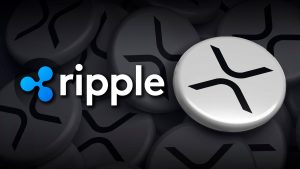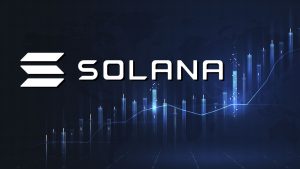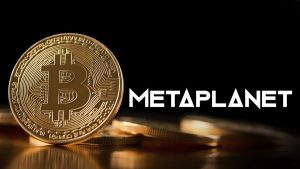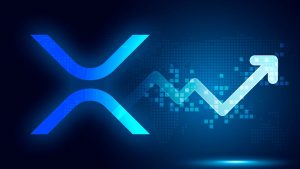Decentralized Exchange Uniswap has launched its latest trading engine V4, a historic move that has failed to uplift UNI price.
Uniswap Labs has launched the Uniswap V4 protocol, ushering in a new era of liquidity provision and price action. The new trading engine is a major enhancement from the V3 protocol, whose transactions were much slower.
Uniswap’s V4 Protocol Outlook
One of the standout features of the V4 architecture is “hooks,” a modular plugin that allows developers on the platform to customize pools, swaps, and fees.
With this development, Uniswap has deepened its push to become a developer hub. The V4 also features a “singleton” liquidity architecture, which fosters lower gas fees and faster transactions.
For clarity, singleton lets users keep track of blockchain events, verifying and checking any part of its history using a unique identity. By extension, the launch of V4 comes after nine completed audits, a $2.35 million security competition, and a $15.5 million bug bounty program.
Built in public, with rigorous audits 🔒
v4 was built alongside the community, with contributions from hundreds of community members
After 9 audits, a security competition, and a $15.5M bug bounty, 0 critical vulnerabilities were found
— Uniswap Labs 🦄 (@Uniswap) January 31, 2025
Reports also say the upgrade underwent extensive security audits, with no critical vulnerabilities detected.
The new Decentralized Exchange (DEX) version will now support 10 blockchain networks. This includes Ethereum, Polygon DeFi, Arbitrum, OP Mainnet, Base, BNBChain, Blast, World Chain, AVAX, and Zora Network.
Despite the launch, Uniswap’s price has buckled in the broader market. The token is down 4.59% in 24 hours to $11.33 according to CoinMarketCap data. However, the long-term prospect of the launch may help push the token to breach $20, which has caused key resistance over the past year.
Historical Background To Uniswap’s V4 Protocol
Uniswap Labs began operations in 2018 with a $100,000 grant from the Ethereum Foundation (EF) founder Hayden Adams. In November of that year, Adam launched Uniswap V1, a set of decentralized, immutable contracts that enabled assets and trading to be paired with ETH.
By 2019, the exchange had completed a funding round led by Andreessen Horowitz (a16z), and its profitability business model had become clearer. A year later, the platform launched Uniswap V2, which allowed ERC-20 token pairs without needing ETH as an intermediary.
The peak of the Uniswap innovations (before V4) was the announcement of Unichain, an ETH Layer-2 protocol built on the Superchain stack.
Disclaimer: The information provided in this article is for informational purposes only. It does not constitute investment, financial, trading, or any other sort of advice. You should not treat any of BGECrypto’s content as such. BGEcrypto does not recommend that any cryptocurrency should be bought, sold, or held by you. Do your due diligence and consult your financial advisor before making any investment decisions.





















